Swapsocks - A better textile life
Jan 2018 - ongoing
Educating consumers towards more sustainable fashion behavior
By Lianne Siemensma
One of the biggest downsides to the growing fashion industry is its unsustainable and wasteful character. Currently, the fashion industry produces, distributes and utilizes clothing in a linear way, making it among the main industries responsible for the negative environmental and social aspects of sustainability (Madsen, Hartlin, Perumalpillai, Selby, & Aumônier, 2007).
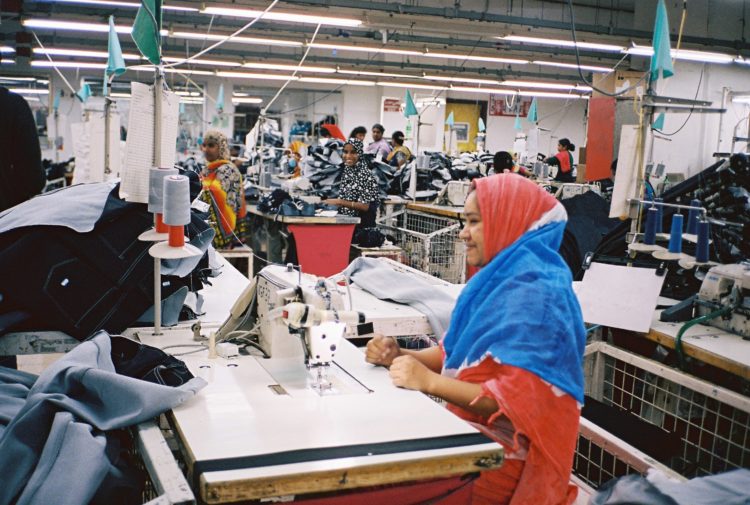

In recent years several studies have addressed the potential of the Circular Economy by taking a more consumer led approach to reduce the environmental and societal impact of the fashion industry (Armstrong, Niinimäki, Kujala, Karell, & Lang, 2015; Laitala, Boks & Klepp, 2015; Mugge, 2017). However, the role of educating consumers by design, something that is seen by industry leaders and researchers as crucial if we want them to play more active roles in enabling a circular fashion economy, remains unanswered and is therefore explored in this thesis.
Fashion prototypes that fill the gap between fast fashion and slow fashion are used as design case studies and offer a different perspective on designing for a more efficient and thoughtful use of resources. By qualitative interviews with four types of millennial consumers and the identification of six opportunity areas, the sock service SwapSocks was designed, that improves the environmental impact of socks by saving 38% of CO2 emissions and 50% of energy, compared to traditional socks.
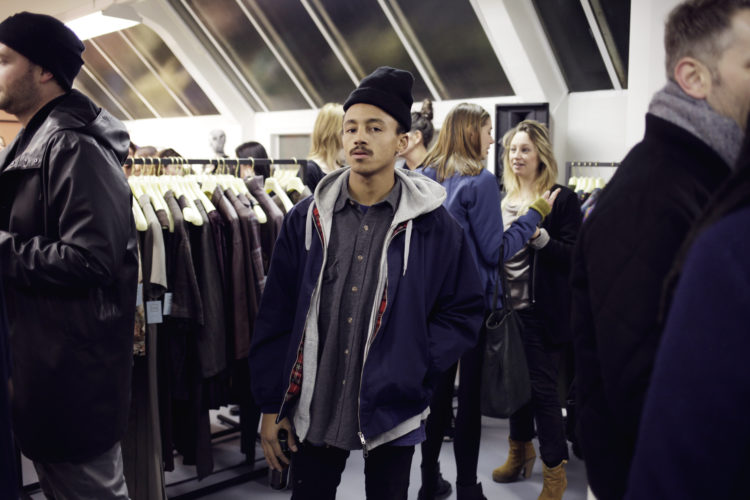
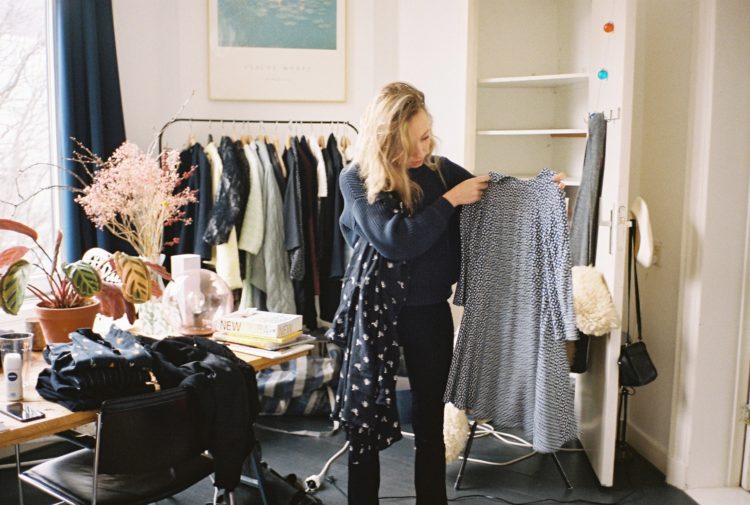
In addition to this, it educates consumers towards a better textile life by actively involving them in the swapping process and encourages them by means of packaging design, a website and online community to apply the principles of the service to other fashion items in their wardrobe as well.
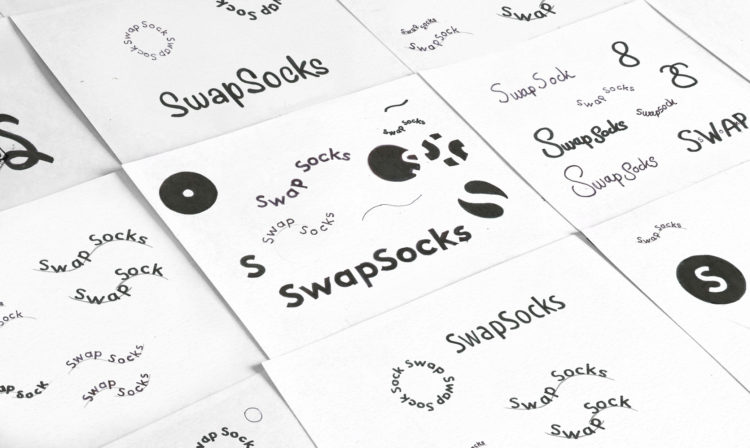
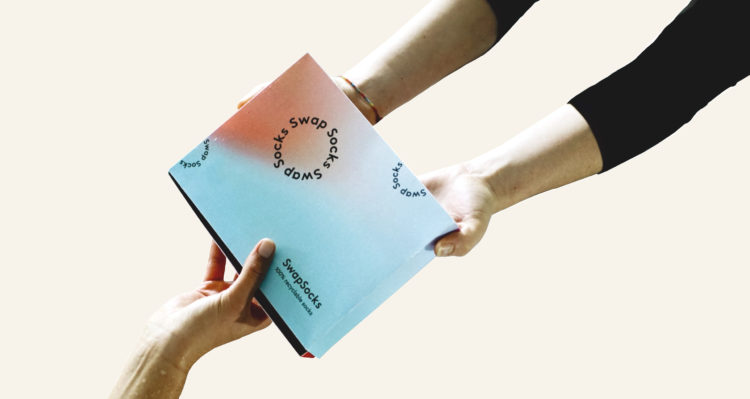
By providing a suitable solution for sustainable fashion consumption, this thesis addresses the potential of design to educate consumers towards a better textile life and therefore contributes to ongoing research efforts in the field of the circular economy and circular fashion design.
As our changing mindsets are going to be key for our circular futures, the report illustrates, several future opportunities for the fashion industry specifically for millennial consumers, and identifies four types of millennial consumers.
These, together with the final design solution, could help to inspire the fashion world and bring industry actors across the network together in finding solutions for a better textile world.
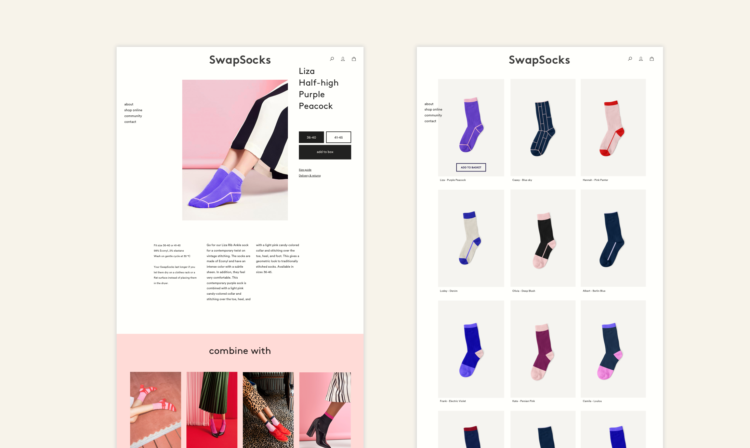
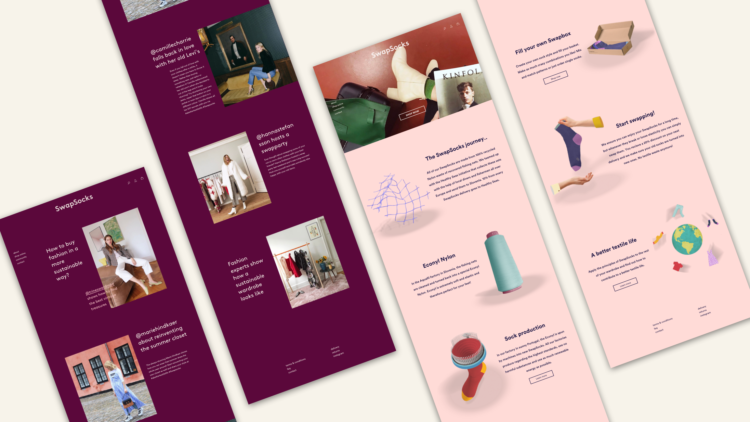
Supervisory Team
Dr. ir. Conny Bakker – Chair
Dr. ir. Ruth Mugge – Mentor